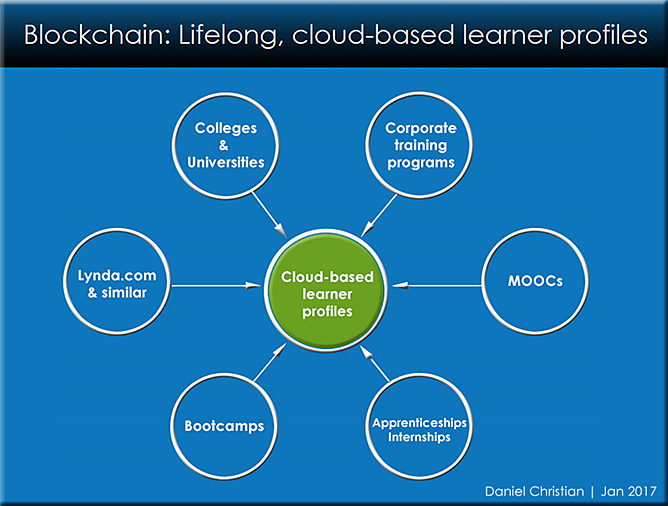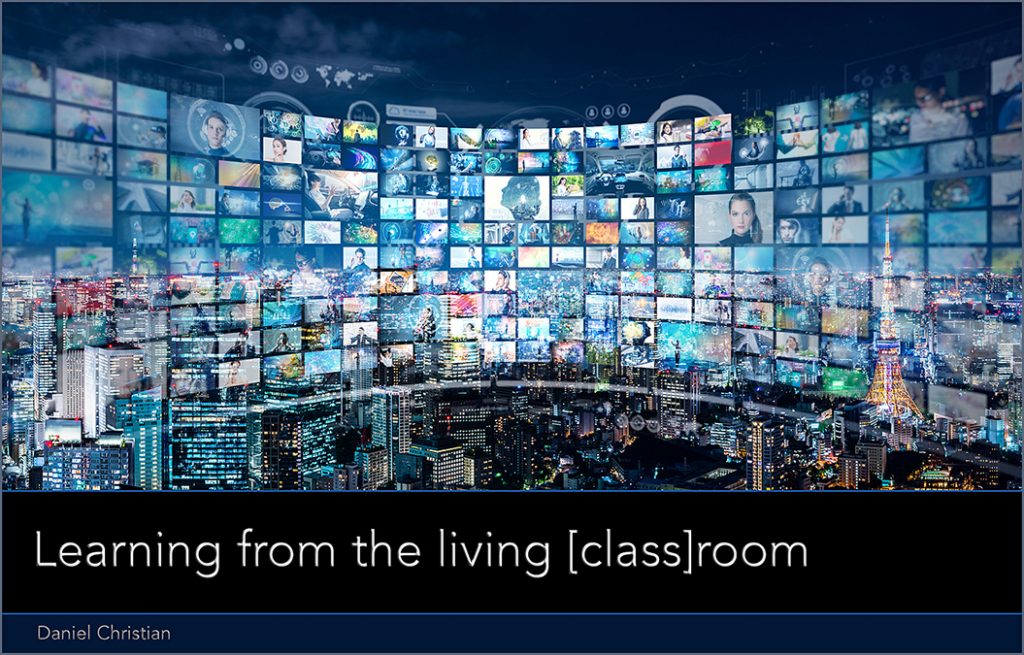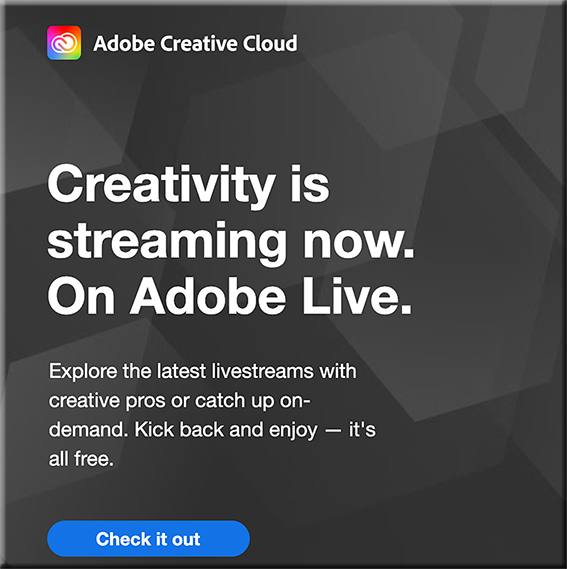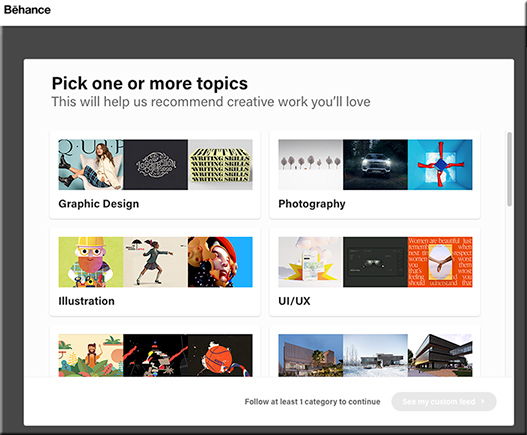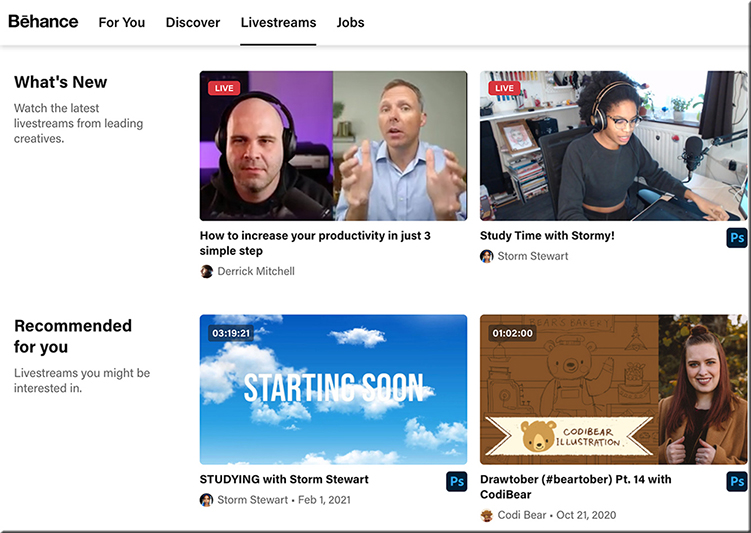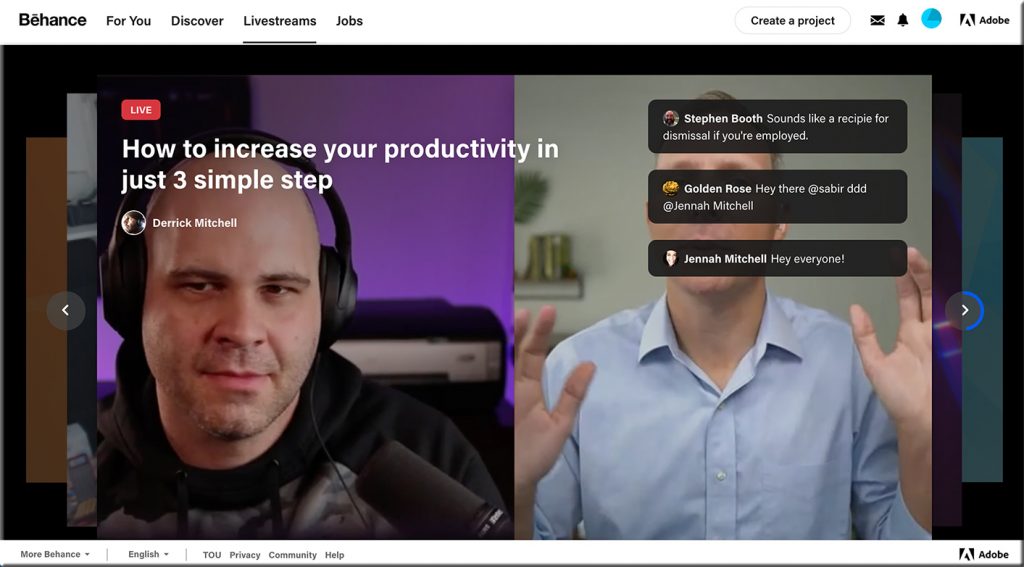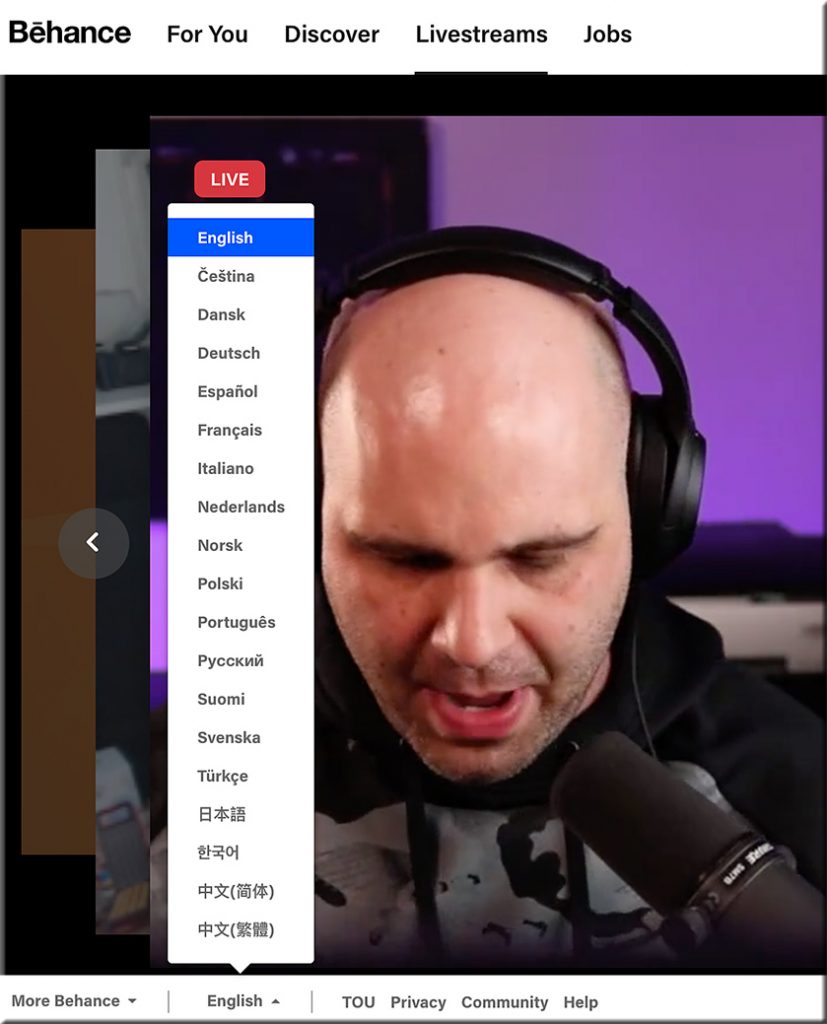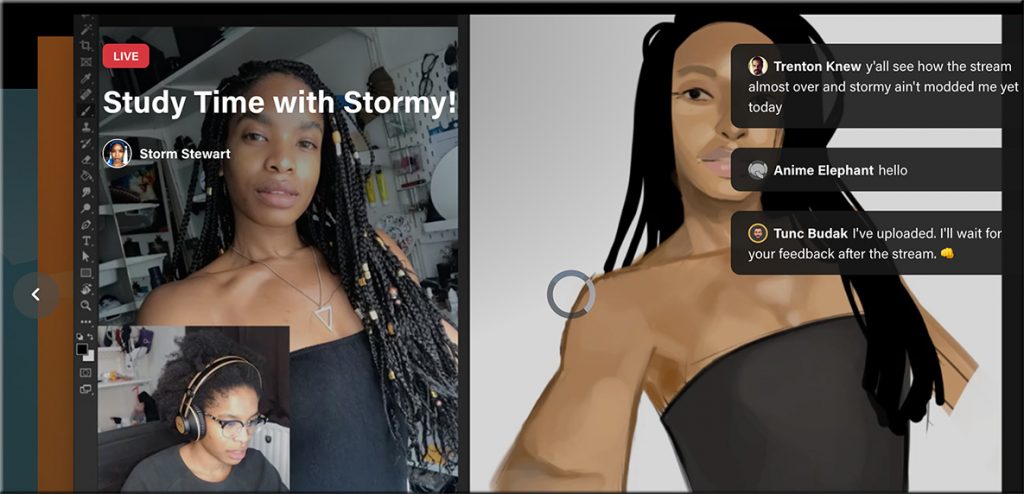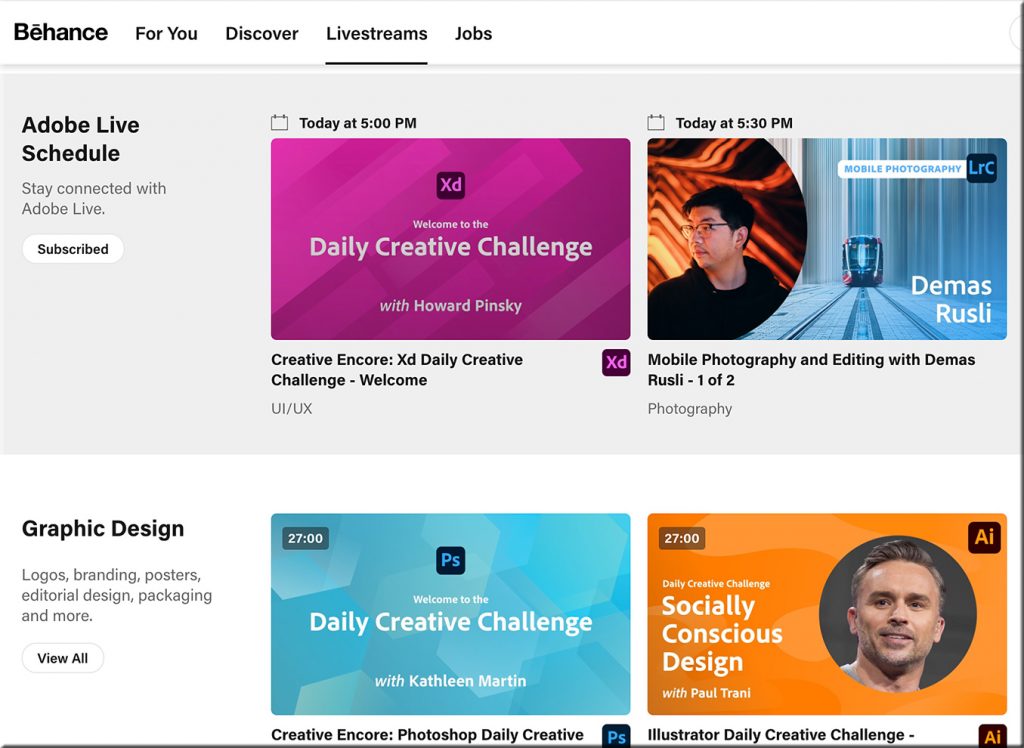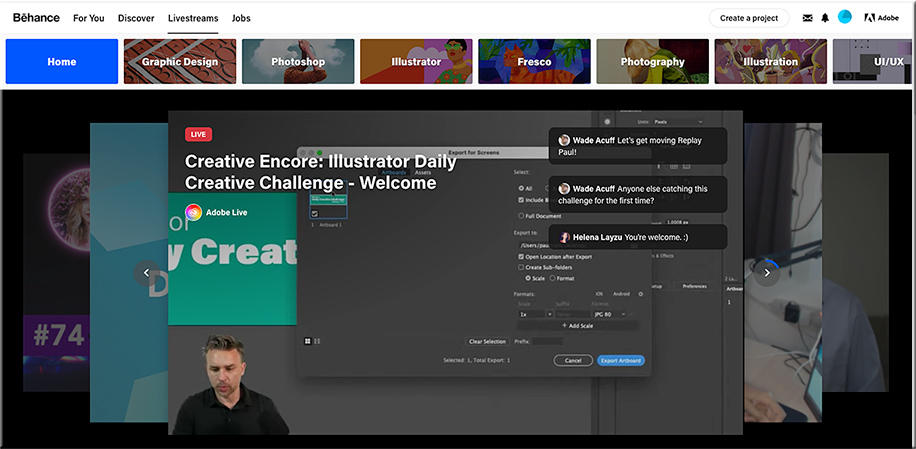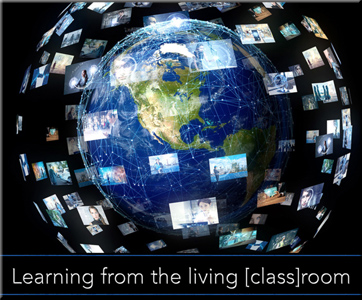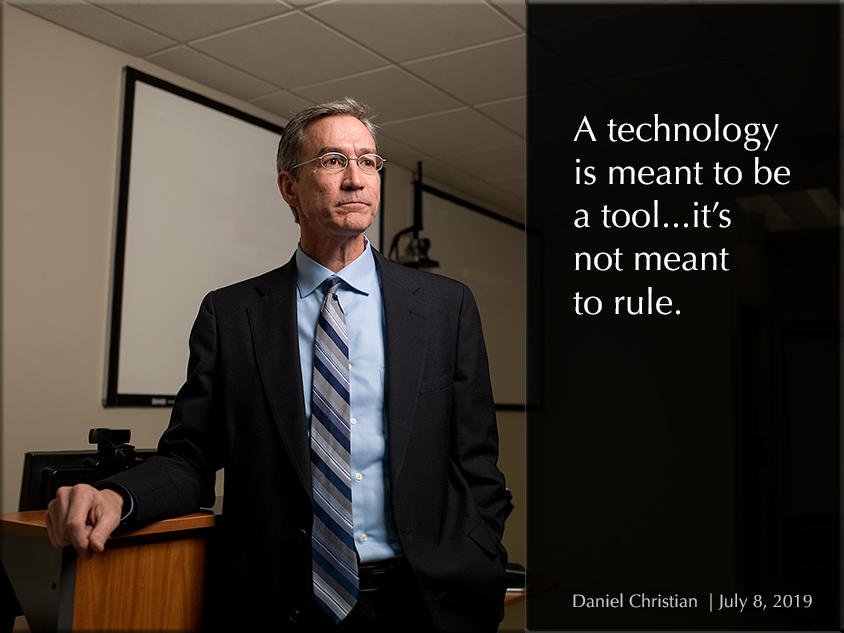Coursera’s IPO Filing Shows Growing Revenue and Loss During a Pandemic — from edsurge.com by Tony Wan
Excerpt:
Coursera reported $293.5 million in revenue in 2020, marking a 59 percent increase from the previous year. That comes from over 77 million registered learners, along with more than 2,000 businesses (including 25 percent of Fortune 500 companies) and 100 government agencies that paid for its enterprise offerings. More than half (51 percent) of its revenue came from outside the U.S.
…
Despite recording a revenue jump in 2020, Coursera posted a net loss of $66.8 million, up 43 percent from the previous year.
“We have experienced a significant increase in our operating costs associated with our services, primarily driven by our freemium offerings and marketing efforts” during the pandemic, the filing stated.









